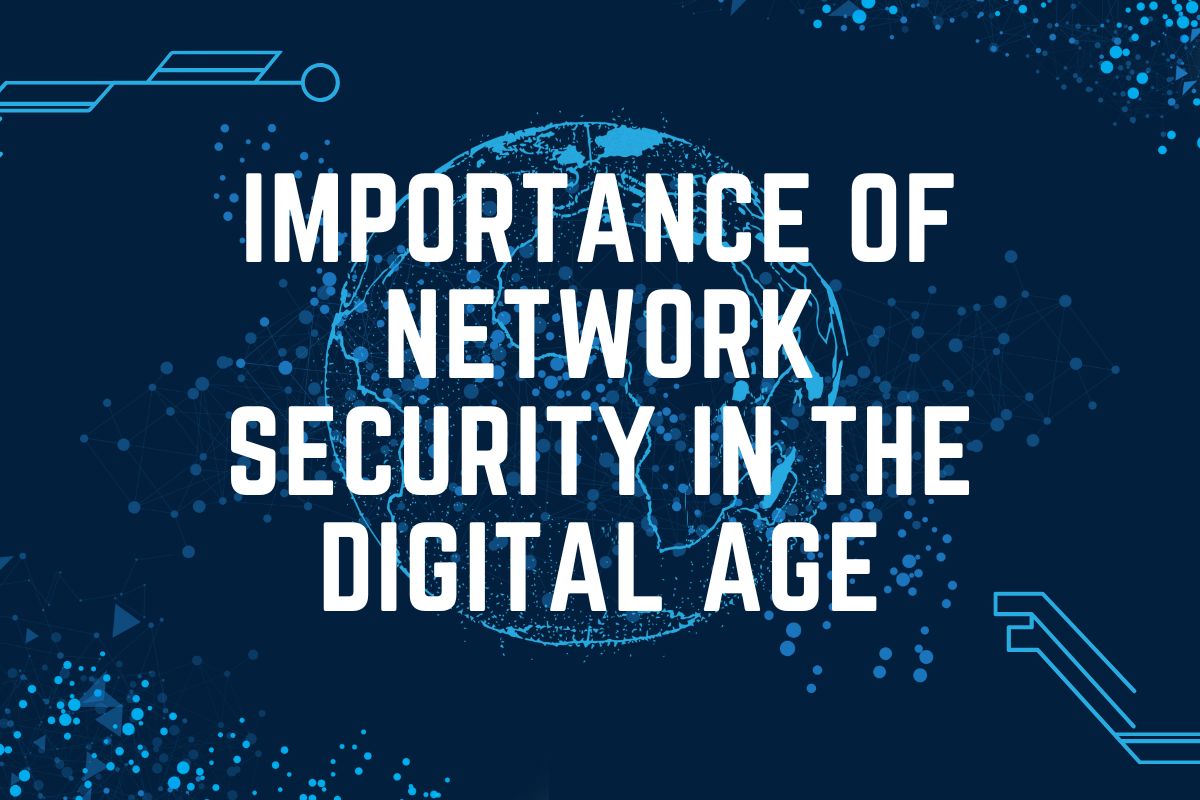
The Critical Role of Network Security: Safeguarding Data and Ensuring Operational Continuity
In an era where digital connectivity is integral to personal and professional life, the protection of computer networks and the data they transmit is paramount. The critical role of network security encompasses a range of practices and technologies designed to shield networks from unauthorized access, misuse, or damage. This includes implementing firewalls, intrusion detection systems, encryption protocols, and access controls to maintain the confidentiality, integrity, and availability of information.
Understanding Network Security
Network security involves protecting computer networks from unauthorized access, misuse, or damage. It includes implementing various measures like firewalls, intrusion detection systems, VPNs, access controls, and encryption protocols to safeguard data and resources. Regular audits and incident response plans are also integral to maintaining a secure network environment. Key components include:
Firewalls: Act as barriers between trusted and untrusted networks, controlling incoming and outgoing traffic based on predetermined security rules.
Intrusion Detection and Prevention Systems (IDPS): Monitor network traffic for suspicious activity and take action to prevent potential threats.
Virtual Private Networks (VPNs): Provide secure remote access to network resources by encrypting data transmissions.
Access Controls: Ensure that only authorized users can access specific network resources.
Encryption Protocols: Protect data in transit and at rest by converting it into unreadable code for unauthorized users.
Regular audits, vulnerability assessments, and incident response planning are also integral to a robust network security strategy.
The Importance of Network Security
Evolving Cyber Threats
Cyber threats have become increasingly sophisticated, with attackers employing tactics such as phishing, ransomware, and advanced persistent threats. These attacks can lead to significant financial losses, reputational damage, and legal consequences. The proliferation of Internet of Things (IoT) devices has further expanded the attack surface, necessitating vigilant security measures.
Protecting Sensitive Information
Organizations handle vast amounts of sensitive data, including personal information, financial records, and intellectual property. Network security measures are essential to prevent unauthorized access and data breaches, ensuring compliance with regulations like the General Data Protection Regulation (GDPR) and the Health Insurance Portability and Accountability Act (HIPAA).
Ensuring Business Continuity
Security incidents can disrupt operations, leading to downtime and loss of productivity. Implementing resilient network infrastructures, conducting regular security audits, and maintaining up-to-date incident response plans help organizations quickly recover from attacks and maintain service availability.
Fostering Collaboration and Awareness
Effective network security requires collaboration among stakeholders and continuous education. Organizations should promote cybersecurity awareness through training programs, ensuring that employees recognize and respond appropriately to potential threats.
Types of Network Security Protections
Network Segmentation: Divides the network into segments to contain potential breaches and limit access to sensitive data.
Firewalls: Monitor and control network traffic based on security rules.
Data Loss Prevention (DLP): Detects and prevents unauthorized data transfers.
Hyper-scale Network Security: Scales security measures to accommodate large, dynamic networks.
Sandboxing: Isolates applications to prevent malware from affecting the main system.
Conclusion
Investing in network security is crucial for protecting sensitive data, maintaining operational continuity, and complying with regulatory requirements. As cyber threats continue to evolve, organizations must adopt comprehensive security strategies that encompass technological solutions and foster a culture of cybersecurity awareness. By doing so, they can safeguard their digital assets and ensure long-term resilience in an increasingly connected world.
Stay ahead of cyber threats. Follow Cyber News Live for real-time updates, expert advice, and practical tips—straight to your inbox.

